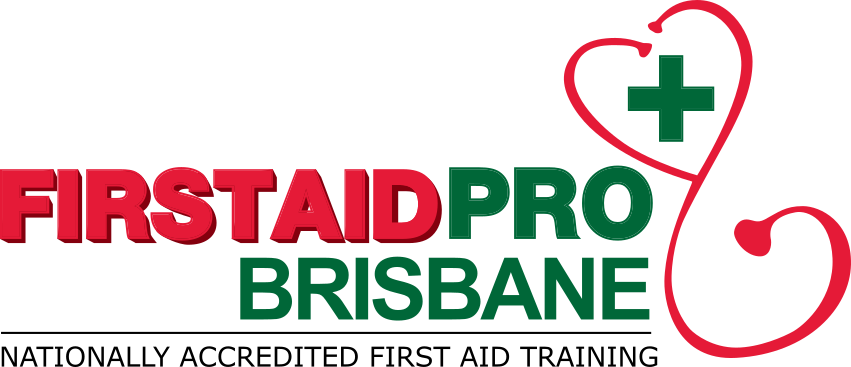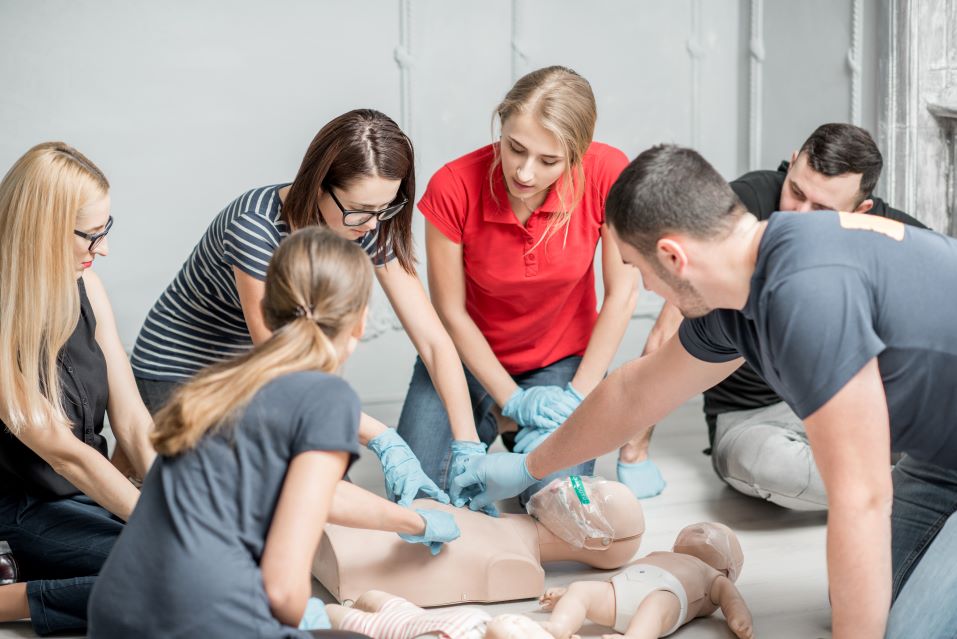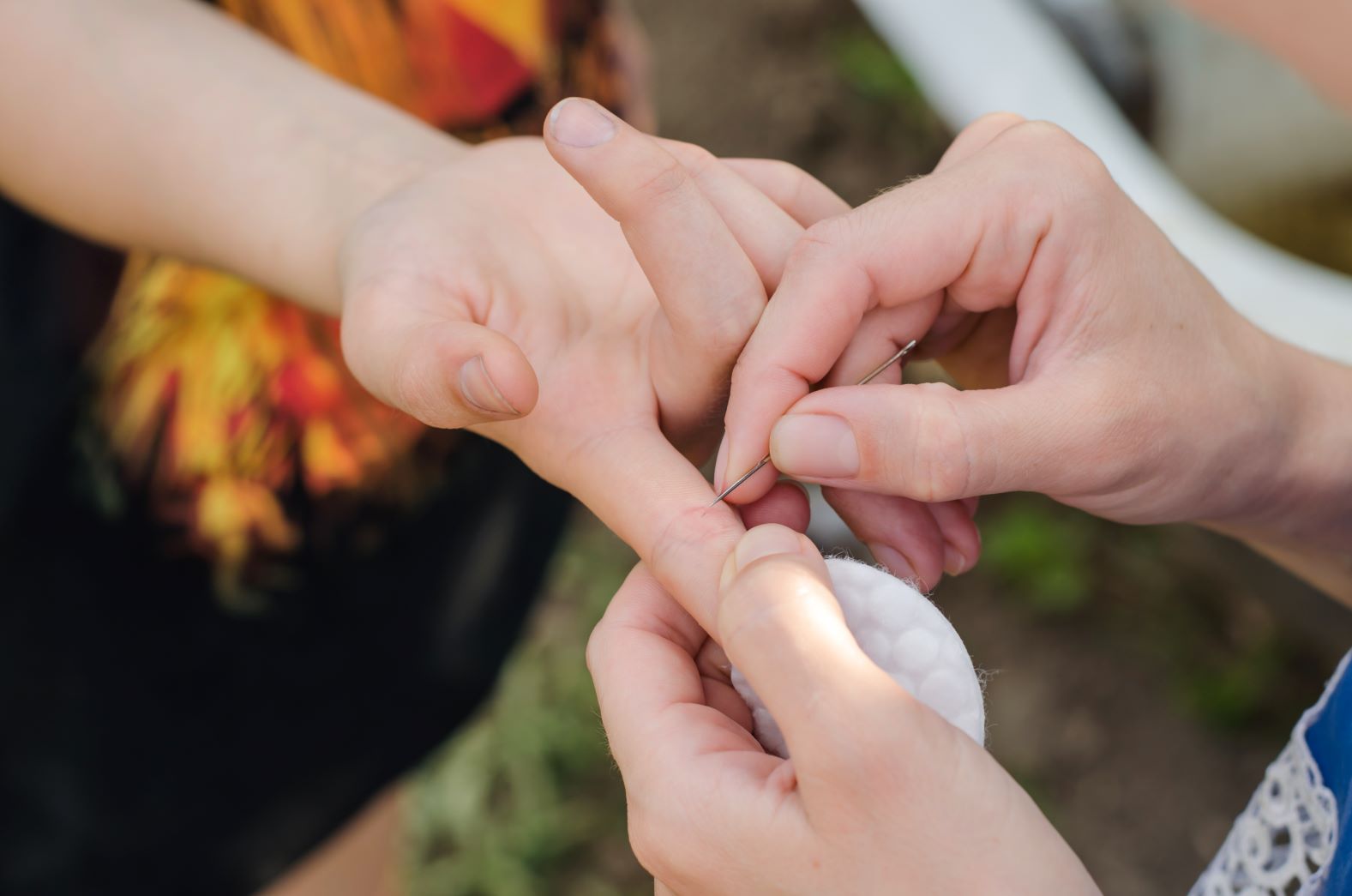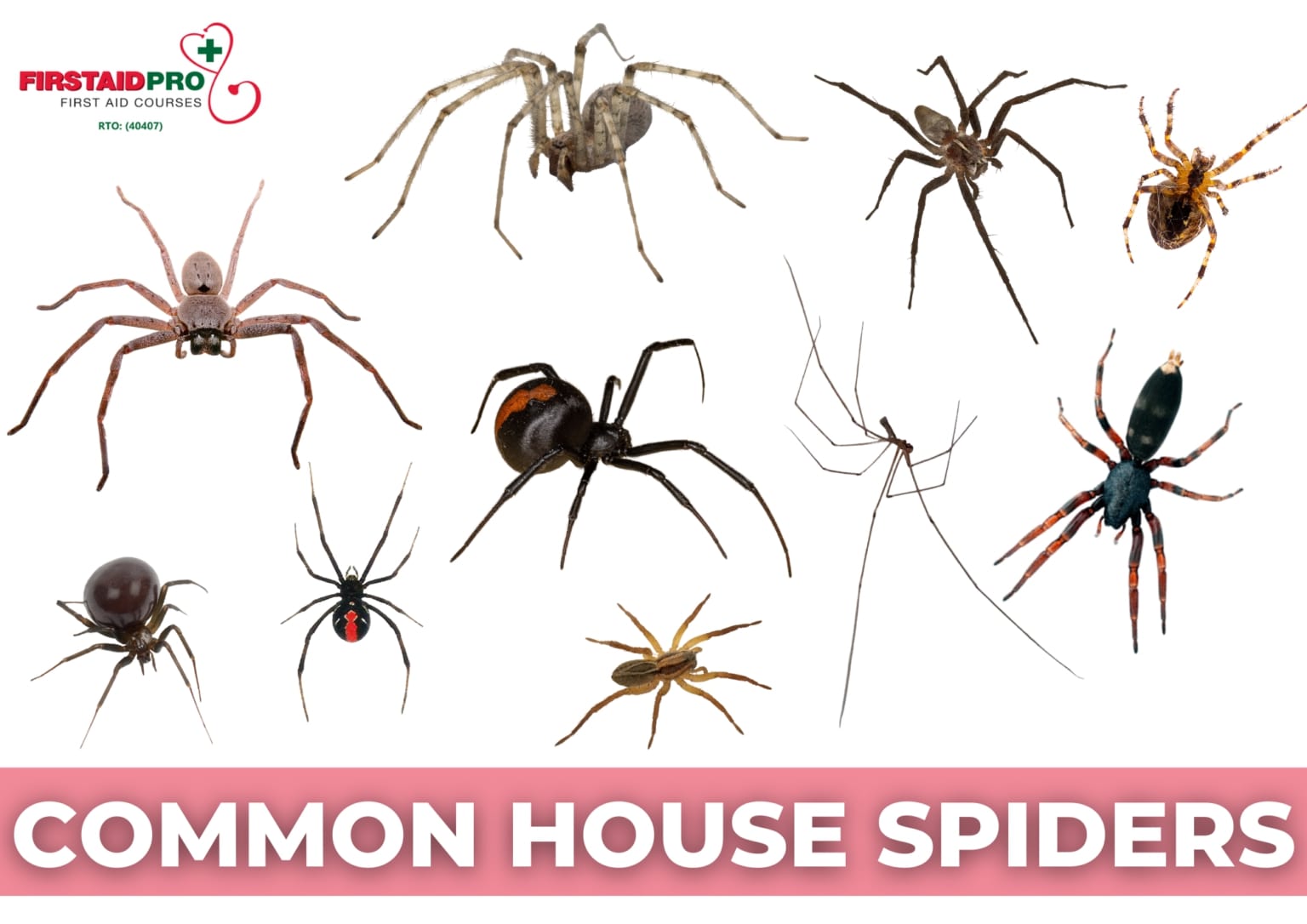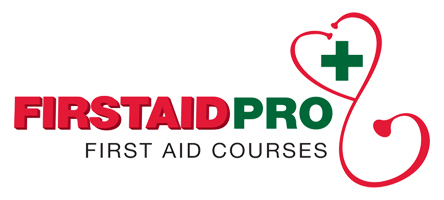A panic attack is a sudden and extremer episode of physical and emotional reactions caused by overwhelming fear and anxiety.
It can be challenging when you or someone you care about is experiencing panic attacks. The good news is that there are ways to help a person relieve or prevent these attacks.
Read on as we discuss tips and tricks for a panic attack, including the warning signs and when to get help.
How To Tell If It’s A Panic Attack?
A panic attack usually occurs when a person’s ‘flight-or-fight’ response is triggered, even with no real danger present.
Some factors that can activate this response may include chronic stress, intense physical exercise, excess caffeine intake, illness, habitual hyperventilation, and even a sudden change in environment.
Panic attacks are unpredictable and happen for a variety of reasons. Most people will experience these attacks once or twice in their lifetime. However, if you have had multiple attacks in a month or year, you may have a condition called panic disorder.
Panic disorder is more chronic, where you regularly have sudden attacks of panic or fear. It is characterised by an overreaction of fear and anxiety to daily life stressors.
The main symptoms of panic or anxiety attacks include pounding or racing heart, sweating, chills, trembling, difficulty breathing, chest pain, and general weakness.
Even though the symptoms are not life-threatening, they can be tarrying and drastically affect the quality of life. Some people may feel like they are going to collapse, have a heart attack, or even die.
Without treatment and interventions, frequent and prolonged attacks can significantly impact a person’s life. Some may avoid a wide range of situations, including normal daily functions, for fear of experiencing an attack.
Ways To Help A Person In A Panic Attack
Follow the ALGEE Steps if you suspect someone is having a panic attack.
A – Approach, Assess For Risk Of Suicide Or Harm
Try to find a suitable time and place to start a conversation with the person. Be mindful of their privacy and confidentiality when doing so.
If the person does not want to confide or is not ready yet, encourage them to talk to someone they trust.
L – Listen Nonjudgmentally
Most people who are in a mental health crisis want to be heard. It is best to let the people share their experiences and emotions without interruption and try to empathise with their situation.
Ask directly what they think might help, and never assume you know what is best for them.
G – Give Reassurance And Information
Be ready to provide reassurance and useful facts after sharing their emotions and struggles with you.
E – Encourage Appropriate Professional Help
The earlier the person gets appropriate help, the better their chances of recovery. Provide help by letting them know about the options available.
E – Encourage Self-help And Other Support Strategies
When the panic attack is over, provide the person with relevant information and resources to promote self-help or support from others. These might include support networks, programs within the community, or creating a self-care plan.
Learn Mental Health First Aid
A good way to help yourself or others who may be struggling with panic attacks or panic disorder is to seek the right information. Know about the warning signs, treatment options, and other helpful interventions.
We encourage everyone to take a Mental Health First Aid (MHFA) course as you never know when you are going to have a situation when you will need to use ALGEE and other interventions. In some cases, these actions can be the difference in someone’s life.
Learn more about panic attacks and other mental health disorders in an MHFA course. Check our page to find out more!
